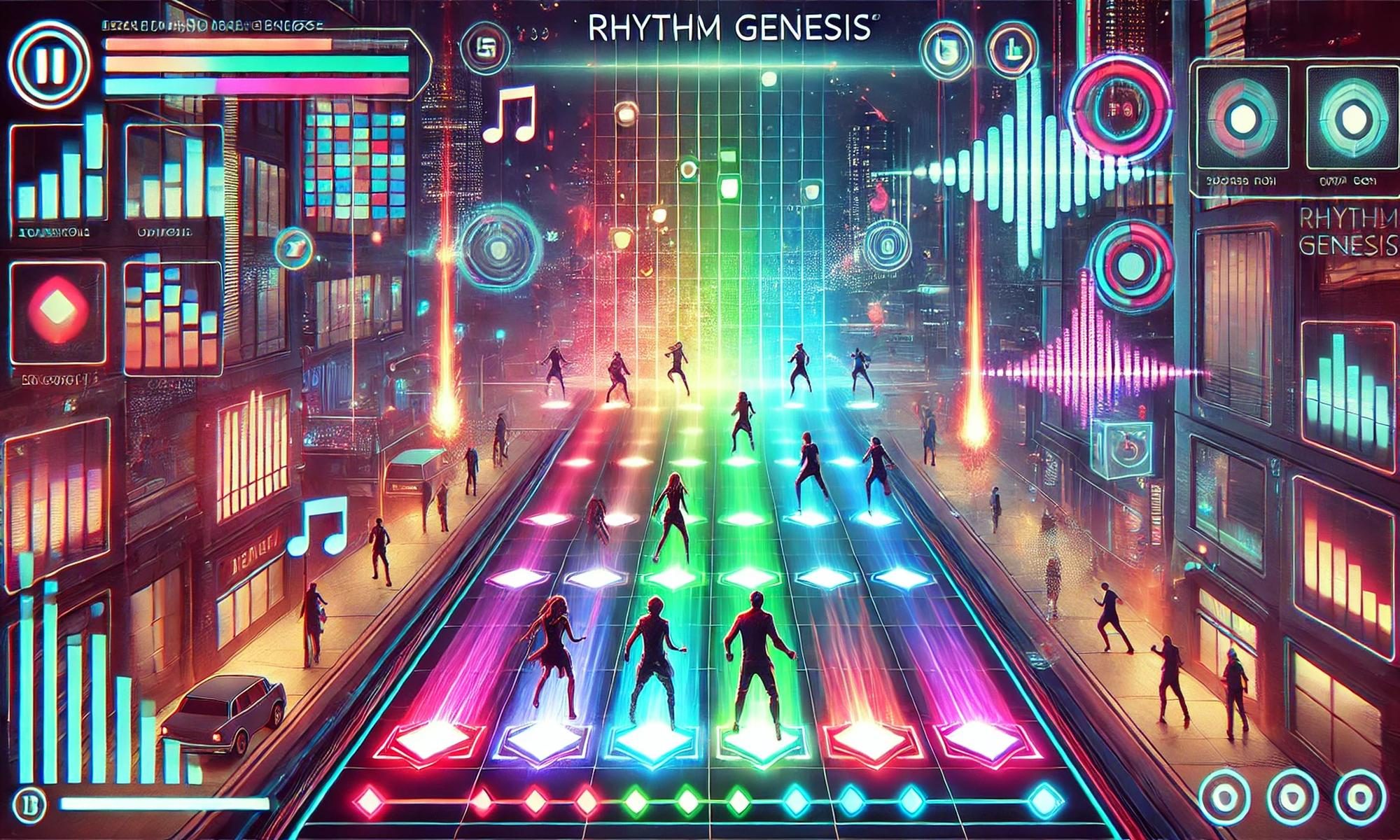This week, I finished implementing the game engine and UI components for Rhythm Genesis. I improved our existing UI elements—including buttons, textboxes, sliders, labels, and the UI manager—by refining their appearance and interactivity. In addition, I implemented advanced UI components such as a scrollable list and an upload UI to handle audio file uploads.
I also developed a custom C++ to Python bridge, which allows us to call Python module functions directly from our C++ game engine. This integration enabled me to implement a basic parse_music_file function in Python using the Librosa library. Additionally, I created a function that plays both the original song and a beep sound generated based on the extracted beat timestamps, which is useful for testing our beat detection.
On the UI side, I completed the menu scene and upload scene, and I set up placeholders for the settings and beat map editor UI. These components provide a solid foundation for our user interface and will be further integrated as the project progresses.
On Friday, I conducted our weekly meeting with the team as usual. I demonstrated the current state of the game, showing the UI scenes and explaining my implementation of the game engine. I also helped team members set up their development environments by ensuring all necessary dependencies were installed. During the meeting, I discussed with Lucas how he might leverage our existing UI components—or use the SFML sprite system—to implement the game scenes and scoring system. I also took the opportunity to test Michelle’s audio processing algorithms within the game engine.
Overall, it was a productive week with substantial progress in both UI development and audio processing integration, setting us on a good path toward our project goals. For the next few weeks I will be working on implementing the beatmap editor for our game.
